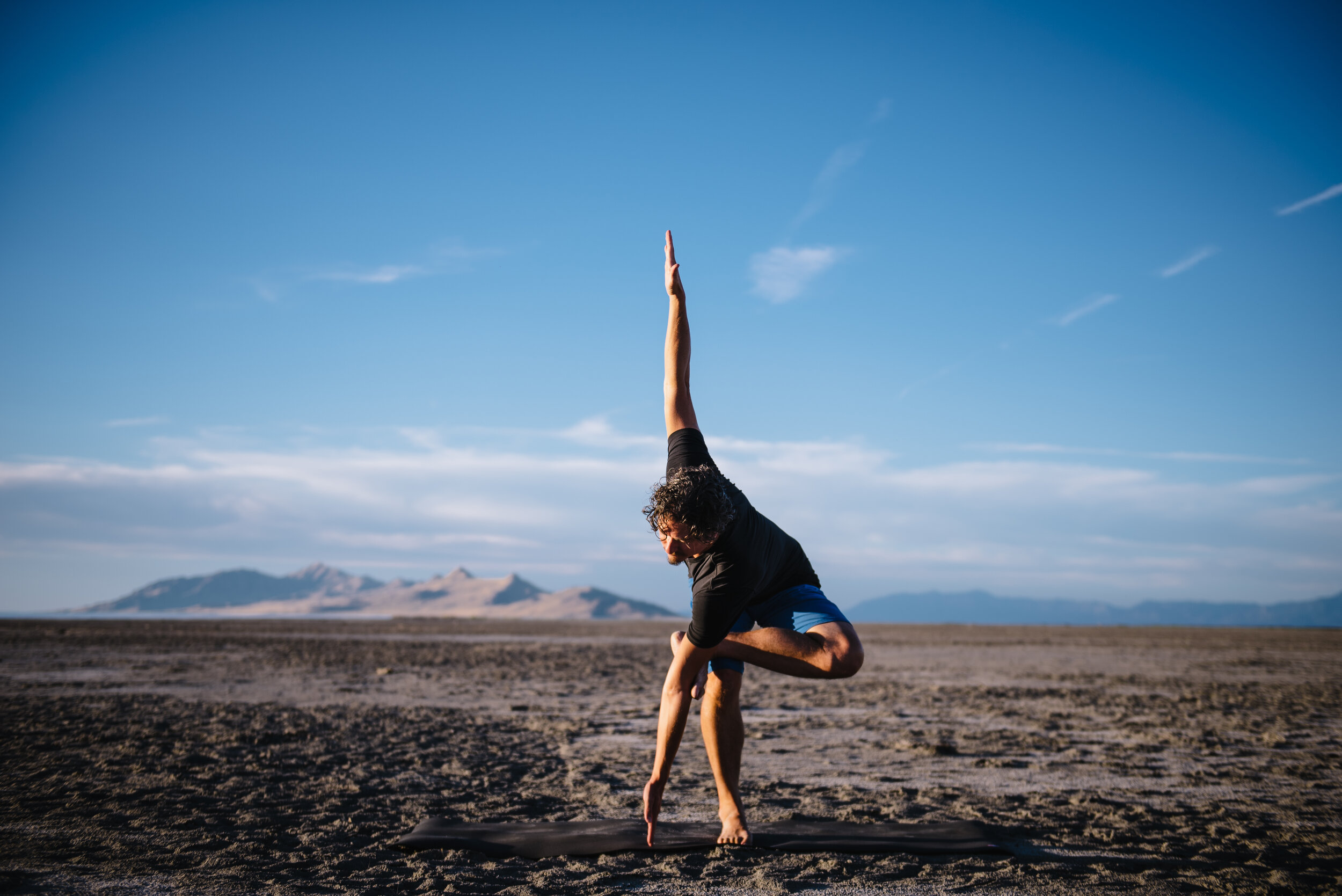I read this great article by Chinmay Yoga and I thought it would be interesting to repost. Enjoy!
Photo by Alex Adams
Describing the concept of Sadhana can be a little tricky as every person experiences it differently. However, one could define Sadhana as “a means to achieve the goal of life.” The “means” may include incorporating practices of Buddhism, Jainism or Sikhism in the routine or even the philosophy preached in these disciplines which will then help in changing the nature from human to divine. In order to achieve this transition, one must embrace things that are Satvik, like food, surroundings, thoughts and even conversations.
We tend to become a reflection of our thoughts. Our actions are led by our thoughts which then become a part of our routine in the form of a habit. The nature establishes itself in the subconscious mind first, then in actions. However, meditation can help in changing our subconscious mind, which in turn helps in changing our nature. Many people who have lived in ashrams or embraced a certain path of spirituality have thought of Sadhana at least once a day as a daily ritual and incorporated it as a daily practice. It has helped bring a clarity in what matters and what they expect out of their life. Through this practice, many people have unravelled their dharma and also have found the courage to walk the path that is led by it.
Though Sadhana may have a set of daily practices, its scope is much broader than that. It is also a practice that includes the application of awareness and insights during the daily routine. It surely helps when one has a set routine or a practice prescribed by an experienced instructor until one is able to understand the nuances themselves and is committed to the practice. Once the commitment to the practice is established, it is easy to understand what is going to work better in order to accomplish spiritual and material goals in life. Nevertheless, it is always advised to be totally well-versed with the set routine, practice for a minimum of three months to understand its benefits entirely and then modify it.
Sadhana, however, is not something that one does, but it is engaged with. It is more like a process. It will be more beneficial if you actually engage with it instead of doing it only for the sake of it or accomplishing something. One must be present fully to experience it perfectly while appreciating every moment. While it is possible to engage in Sadhana with a completely self-designed routine, it is advisable to seek help from an experienced teacher. Regardless, while in the process, it is important to appreciate every moment and experience it rather than focusing on the practice. This practice has transformed and changed many lives in various ways by doing yoga courses.
An example of the practice routine maybe as follows:
1. Waking up the body: After waking up early, wash the face and exercise, moving the body will awaken every muscle in the body, too.
2. Sync the movements of the body with the process of breathing: This helps in pumping more blood and following every movement with more energy. An exercise routine, like neck stretches, jumping jacks, rotating of the arms and body twists, while paying attention to the breathing, should be followed.
3. Engaging with self: Post the work out, walk up to a quiet and serene location and engage with yourself. Relax with the eyes closed and inhale deeply. Ask questions and pause, let the body answer instead of your mind. Once the distractions fade out, the mind clears itself and it gets easier to listen to the body. 4. Practicing Yoga along with meditation: Choose from the various asana of yoga and create a sequence. It is even more beneficial if meditation accompanies the practice of the asana. Once well-versed with this practice, one can realise their capacity to transform their lives.
5. Breathing and meditating: Once done with the sequence of yoga, it is ideal to sit quietly and meditate for a period of 10-15 minutes. Paying attention to the breathing and observing every moment without actively participating can help in focusing and being aware of the present. Sometimes, one may experience the state of profound wisdom when they are actually open to experiencing it.
6. Introspection: Reflect upon the practice and the observations made about the body and yourself. Think about the intentions and steps that can lead to manifestations. Think about the day ahead.
7. Make a commitment: Ask the body about how it wishes to be today and commit to the answer received.
Chinmay Yoga - BIO Chinmay Yoga is a Yoga School in India which conduct yoga teacher training in Dharamsala, Rishikesh and Gokarna. Chinmay Yoga works to spread yoga knowledge by provide free drop-in classes, conducting YTTC Courses in India (Yoga Alliance) for 799 USD with amazing homemade food, great accommodation with air conditioning and very knowledgeable yoga teachers from India. Chinmay Yoga also works for the nature and surroundings around it by planting trees and installing dustbins in the city.
Learn more about Chinmay Yoga:
Author – BIO
Katherine Austin is a professional yoga teacher trainer with 10 years of experience in Yoga. She is certified yoga teacher trainer. She practiced in Hatha Yoga, Yin Yoga, Ashtanga Yoga, Surya Namaskar. Katherine has worked with Chinmay Yoga School for 6 years. She is one of the favourite teachers of Chinmay’s students. Katherine loves to travel, reading books, spend quality time with new people.


